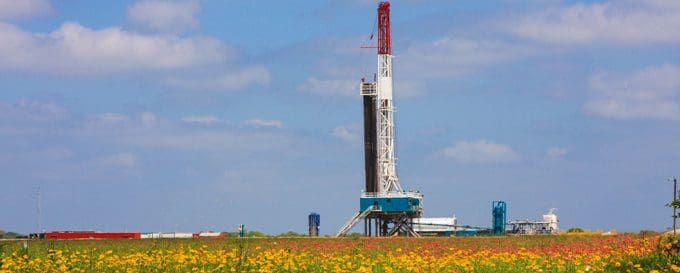Want to know how the U.S. managed to narrow its trade deficit to the smallest figure in four years? Look no further than Texas, North Dakota, and other states where oil production is booming.
The U.S. Commerce Department released data today showing that the trade deficit in November was the narrowest since October 2009. “The shale revolution and increased energy efficiency have pushed the U.S. a long ways towards energy independence in recent years,” Morgan Stanley economist Ted Wieseman wrote in a bulletin to clients. He noted that as recently as 2006, the inflation-adjusted deficit in oil trade was $266 billion. In 2013, through November, it was on track to shrink to $107 billion.
The U.S. isn’t the new OPEC; through November, imports of crude oil in 2013 were still 60 times as big as exports of crude. But the improvement is nonetheless real. The nation’s crude import bill was down about 14 percent from a year earlier, through November, because demand was satisfied by domestic fields instead of foreign ones.
STORY: Explaining the U.S. Growth Spurt in Five Charts
The November trade improvement was big enough to get economists to mark up their estimates for fourth-quarter growth in the entire U.S. economy. Barclays Research, for example, raised its fourth-quarter growth estimate by half a percentage point, to 3.3 percent.
On the export side, the big story of the trade report was strong sales of aircraft and chemicals, with oil and oil products also posting gains. On the import side, the biggest change was that the U.S. sharply cut its demand for crude oil while also cutting back a bit on fuel oil and other petroleum products. Reduced spending on oil more than offset higher spending on imports of cars, auto parts, and industrial goods.
The glass-half-empty perspective is that the U.S. still has huge trade problems outside the oil sector. “The non-oil goods deficit dipped by a negligible 0.52 percent between October and November,” Alan Tonelson, research fellow of the U.S. Business and Industry Council, wrote in a statement.





